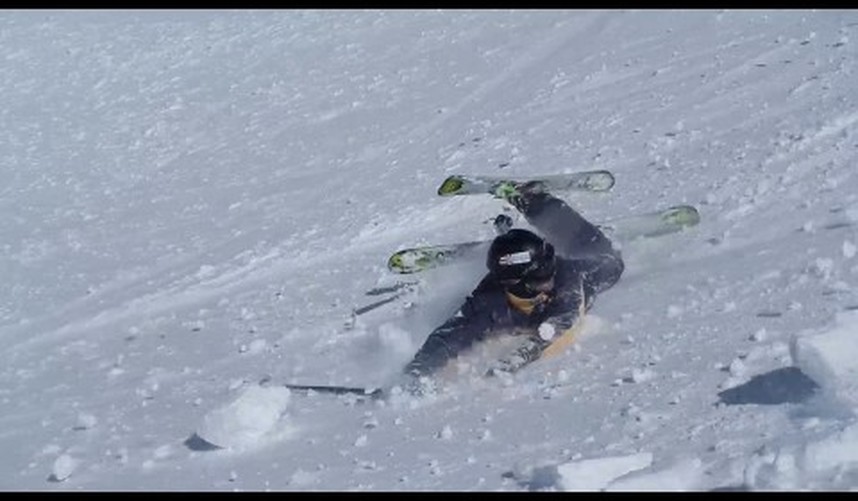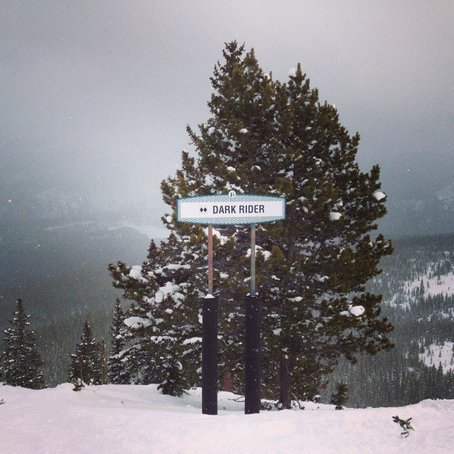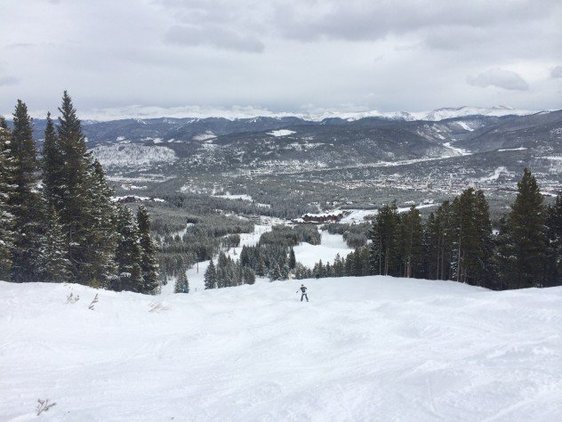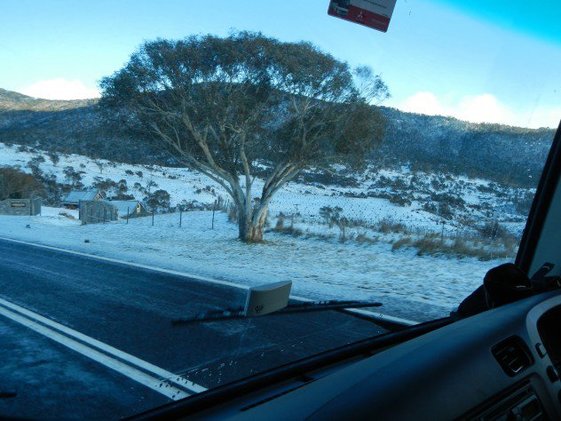|
This week, I’m in Thredbo for what is often the busiest week on the ski fields. It’s a combination of the last week of the school holidays, coupled with the Redlands Cup and a number of other inter-schools snow sports’ competitions. Many teachers use the draw card of snow sports to organise a school trip and at the same time get themselves a nice expenses ‘paid’ vacation! Whilst I’ve gone on one of these trips before, there’s often a lack of understanding of the risks inherent with snow sports that comes with this and having been part of a major snow sports’ program for six years that ran for the whole season, we would often see other schools’ groups on the mountain that were less than prepared for the conditions and the overall environment. Whilst I’m not saying that teachers just throw caution to the wind, however, the risk profile of snow sports is one of the highest of any outdoor activity. Combine, speed, trees, ice, freezing conditions, lots of equipment, kids and other people who are out of control on the slopes and you get a challenging recipe for injuries. However, this shouldn’t be the case and through careful planning and management, every trip can be an enjoyable and rewarding experience. So what are some ways to help plan for a safe and effective ski trip?
Have fun! Skiing and snowboarding are awesome sports and they challenge everyone in a different way. Ultimately you’re there with your group so everyone has a safe and enjoyable experience. If you setup the trip with clear guidelines and structures in place, you’re going to have an enjoyable and awesome experience.
0 Comments
Your comment will be posted after it is approved.
Leave a Reply. |
Categories
All
Archives
April 2021
|




 RSS Feed
RSS Feed